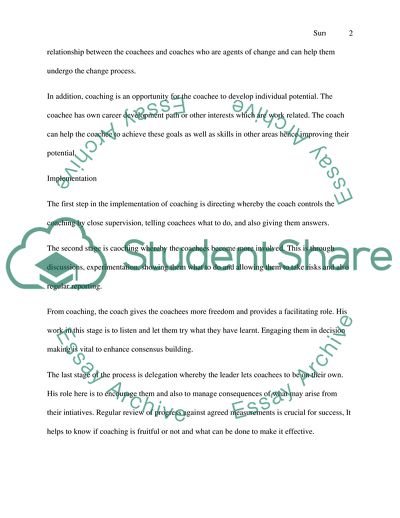Cite this document
(CIPD Diploma (Human Resource Practice Course ) Assignment - 2, n.d.)
CIPD Diploma (Human Resource Practice Course ) Assignment - 2. https://studentshare.org/human-resources/1868996-cipd-diploma-human-resource-practice-course
CIPD Diploma (Human Resource Practice Course ) Assignment - 2. https://studentshare.org/human-resources/1868996-cipd-diploma-human-resource-practice-course
(CIPD Diploma (Human Resource Practice Course ) Assignment - 2)
CIPD Diploma (Human Resource Practice Course ) Assignment - 2. https://studentshare.org/human-resources/1868996-cipd-diploma-human-resource-practice-course.
CIPD Diploma (Human Resource Practice Course ) Assignment - 2. https://studentshare.org/human-resources/1868996-cipd-diploma-human-resource-practice-course.
“CIPD Diploma (Human Resource Practice Course ) Assignment - 2”. https://studentshare.org/human-resources/1868996-cipd-diploma-human-resource-practice-course.


